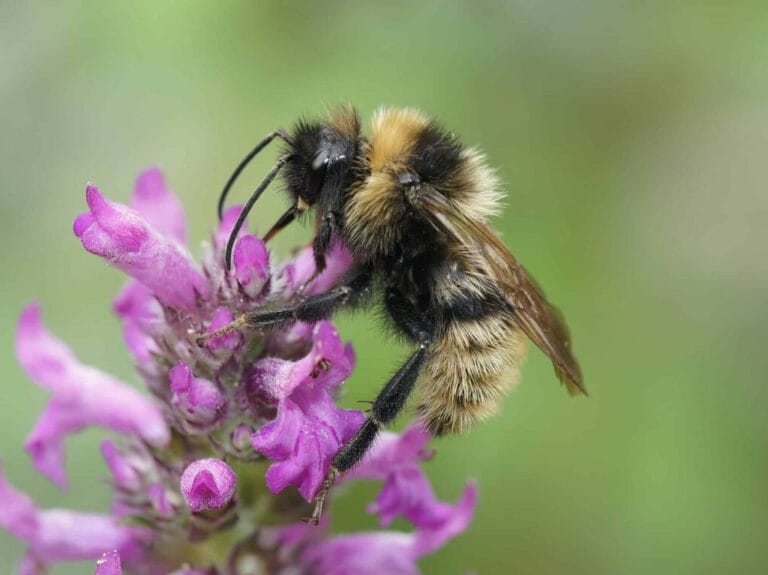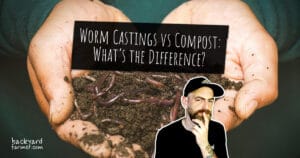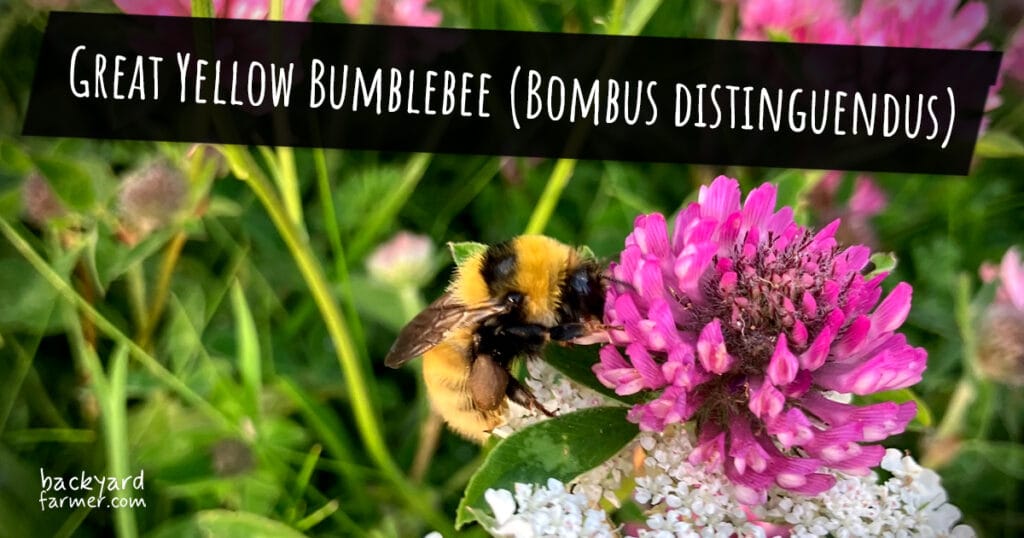Table of contents
Identifying Bombus campestris
The Field Cuckoo Bumblebee is slightly larger than other species, measuring 15–18 mm. It stands out with its distinctive black and yellow markings, often accompanied by reddish hairs on its abdomen. Unlike social bumblebees, it lacks pollen baskets on its legs due to its parasitic lifestyle. This unique trait helps distinguish it from other bumblebee species.
Extended Active Season
The Bombus campestris remains active from March to September, one of the longest active seasons for UK species. This extended period aligns perfectly with the nesting cycles of its host species, ensuring the survival of its brood. If you’re exploring gardens or meadows during these months, you’ll likely spot one buzzing around wildflowers.
Supporting the Ecosystem
Despite being parasitic by nature, the Bombus campestris contributes to pollination by foraging on a variety of wildflowers. Its activity showcases the delicate balance of biodiversity in natural habitats. Even without its own workers, it plays an essential role in maintaining healthy ecosystems.
Learn how to support bumblebee populations by creating a habitat with this simple guide to building a bee box.
Why the Field Cuckoo Bumblebee Matters
This species is vital for understanding parasitic relationships within the bumblebee family. Its presence indicates thriving ecosystems where host species are abundant. By observing its habits, we can uncover more about the complex dynamics of bumblebee populations.
Capturing Curiosity
Did you know the Field Cuckoo Bumblebee doesn’t produce its own workers? Instead, it completely relies on host colonies to raise its young. This behavior makes it one of the most fascinating members of the bumblebee family. Watching its interactions offers unique insights into the world of parasitic bees.
FAQ
1. How do I identify the Field Cuckoo Bumblebee? Look for its larger size, distinct yellow and black markings, and lack of pollen baskets.
2. Is the Field Cuckoo Bumblebee endangered? No, it is common and widespread in the UK.
3. What flowers attract the Field Cuckoo Bumblebee? It prefers wildflowers such as clover, vetch, and thistles.
4. What is the Field Cuckoo Bumblebee’s host species? Its primary hosts include species like Bombus pascuorum, which it parasitizes by laying eggs in their nests.
5. Can the Field Cuckoo Bumblebee sting? Yes, like other bumblebees, it can sting. However, it is generally non-aggressive and rarely poses a threat to humans.
6. How does the Field Cuckoo Bumblebee contribute to pollination? Even without workers, it visits flowers to forage for nectar and pollen, helping pollinate wildflowers like clover and vetch.
7. Why is it called a cuckoo bumblebee? The name “cuckoo” comes from its parasitic behavior, similar to cuckoo birds that lay their eggs in the nests of other species.
Explore our bee identification guide to learn more about other fascinating bumblebee species and their unique characteristics.





